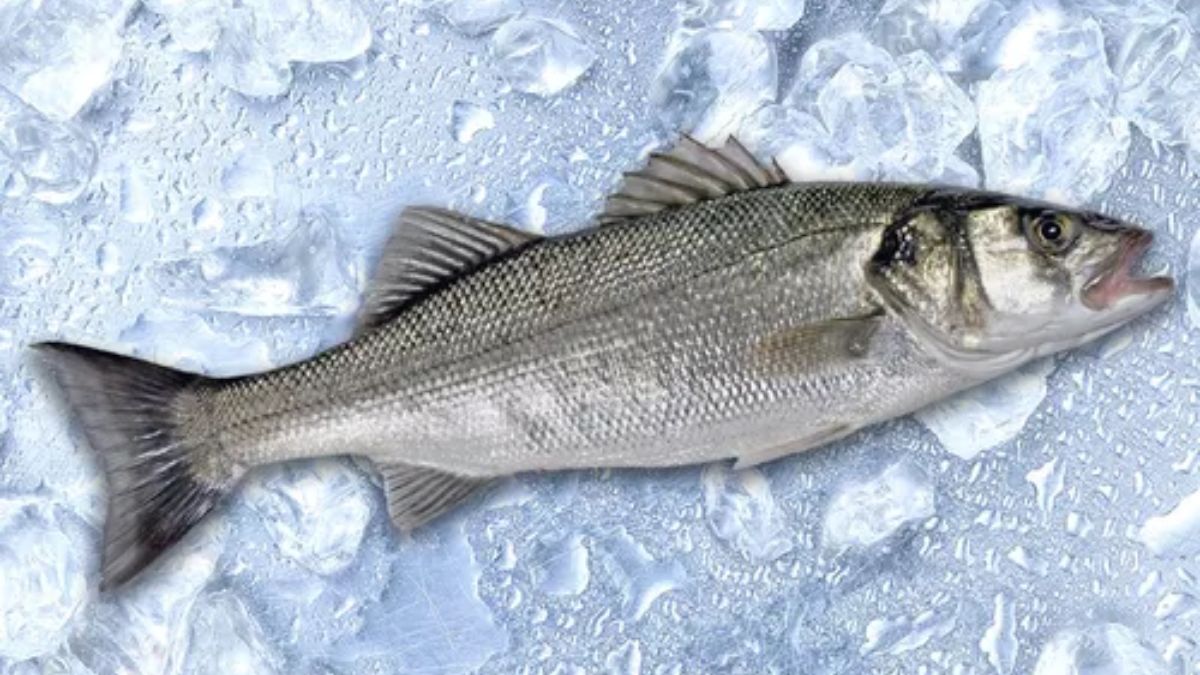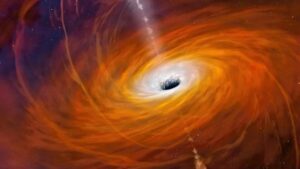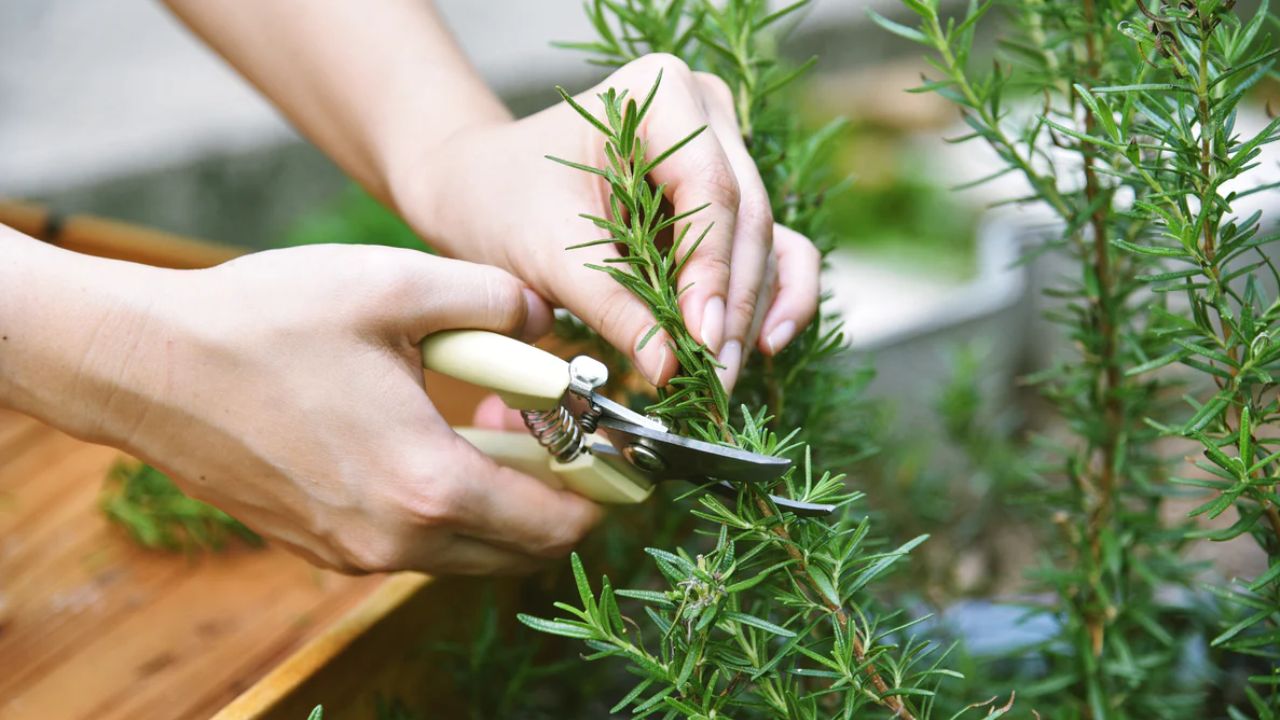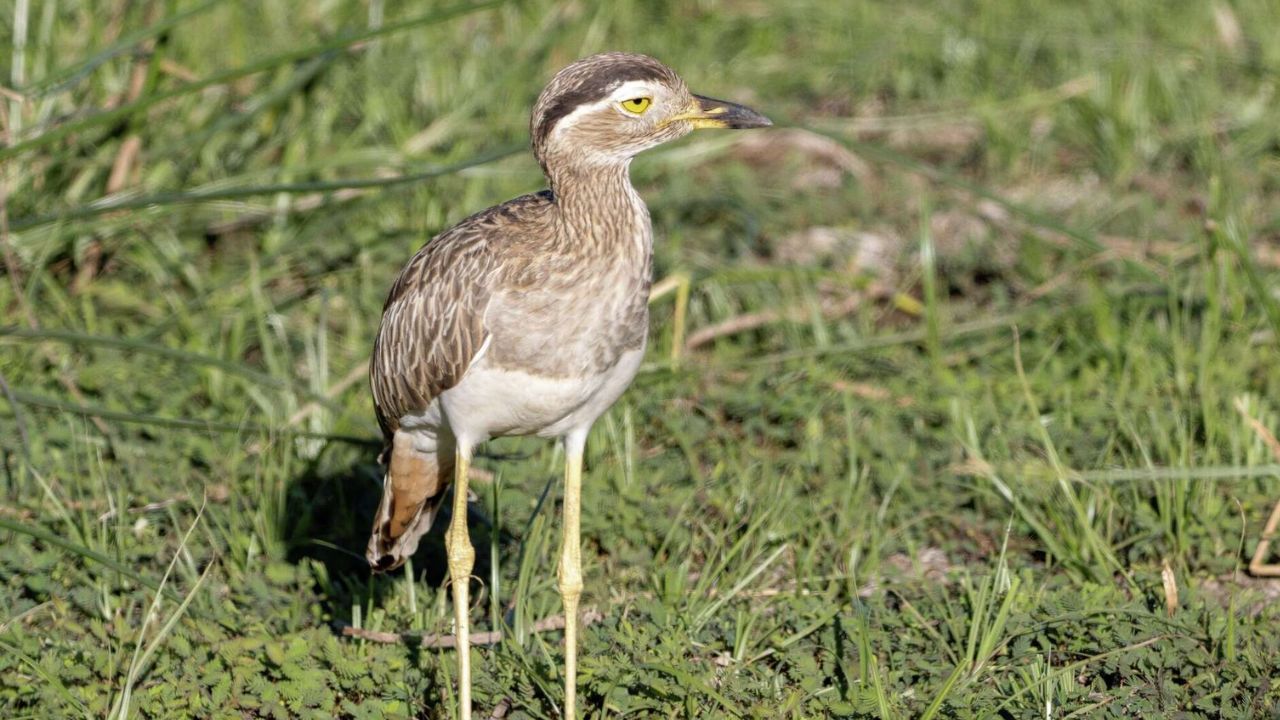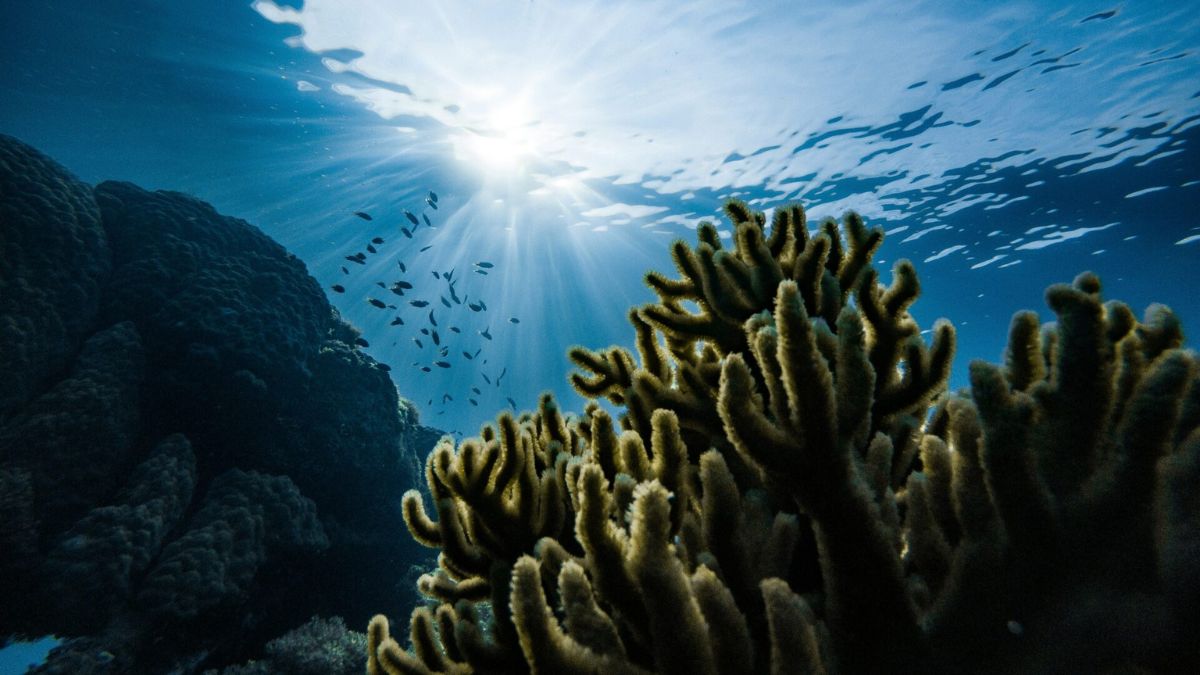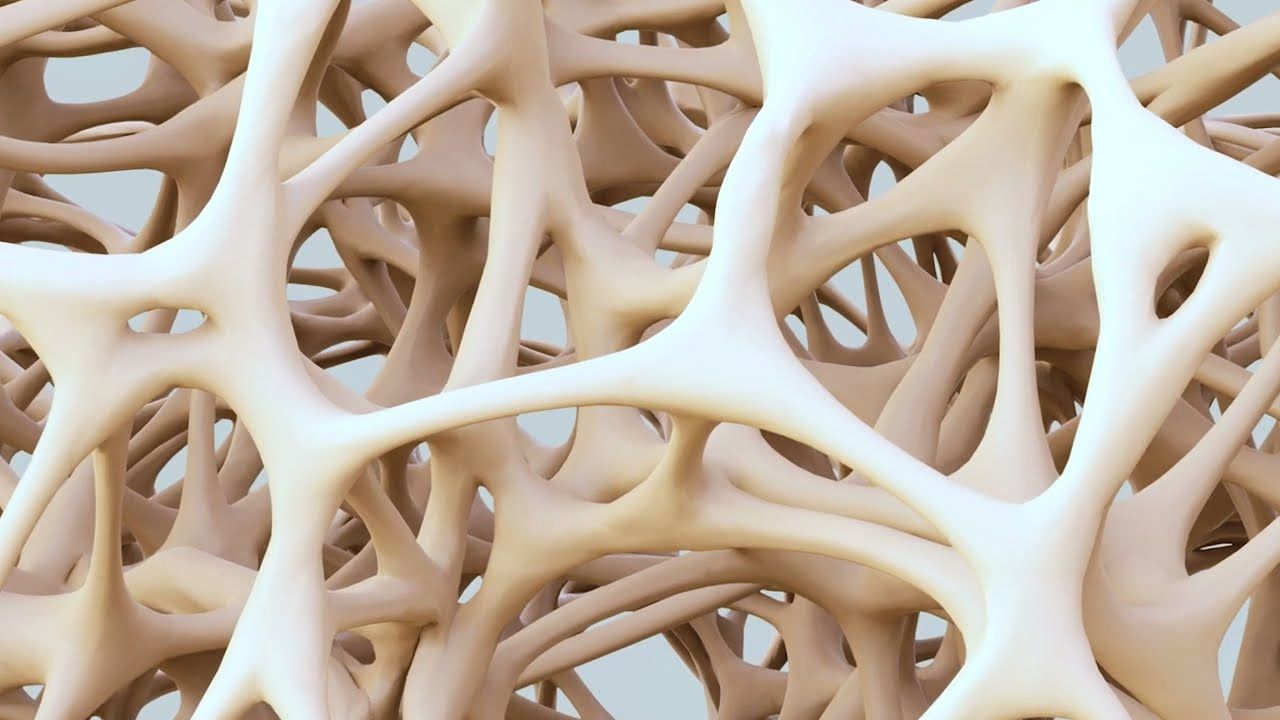If someone told you that humans might one day raise sea bass on the Moon, you’d probably laugh. It sounds like something from a cartoon—or a sushi chef’s fever dream. But believe it or not, scientists in France are seriously working on this idea, and it’s not a joke.
The project is called Lunar Hatch, and it’s being led by CNES (the French space agency), in collaboration with the European Space Agency (ESA). Their goal? To raise sea bass in space and eventually on the Moon as a reliable source of protein for astronauts.
It’s strange, yes. But also kind of genius.
Purpose
Let’s start with why anyone would even consider raising fish in space. Space colonies—whether on the Moon or Mars—need sustainable food sources. While astronauts today rely on freeze-dried meals, long-term missions will require something fresher and more nutritious.
The goal of Lunar Hatch is to create a closed-loop system where fish can be raised without relying on constant shipments from Earth. This means building a completely self-sustaining fish farm that can recycle water, avoid waste, and provide a steady source of high-quality animal protein.
Nutrition
So, why sea bass? Why not tuna, salmon, or even shrimp?
Well, sea bass checks all the right boxes. It’s rich in omega-3 fatty acids, vitamin B, and essential proteins that astronauts need—especially in microgravity environments where muscle loss is a serious issue. Sea bass is also relatively easy to raise, hardy, and has a high feed conversion rate, meaning it grows efficiently on the food it’s given.
That makes it ideal for a lunar diet plan. Think about it: sea bass with freeze-dried rice or space-grown lettuce. That beats a pouch of rehydrated mashed potatoes any day.
System
Of course, it’s not just about choosing the right fish. It’s about designing an ecosystem that can work in space. Scientists estimate that around 200 sea bass would be needed to provide two portions per week to a crew of seven astronauts. That’s a lot of fish to manage in a microgravity environment.
The challenge is huge: how do you recycle waste, maintain water quality, and ensure the fish grow healthily when there’s no gravity? The answer lies in advanced biotechnologies and circular aquaponic systems—something the researchers are testing right now on Earth.
Launch
We’re still in the early stages. Right now, scientists are experimenting with fertilized sea bass eggs in controlled Earth-based labs. The next step is sending these eggs to the International Space Station (ISS) to monitor how they develop in zero gravity.
If they successfully hatch and grow in orbit, it would be a major milestone. The ultimate goal? Repeating this process on the Moon. These space-born fish could become the pioneers of the first lunar aquafarm.
History
Believe it or not, fish in space isn’t a brand-new concept. Back in 1973, NASA sent mummichogs (a small fish) into space aboard Skylab. More recently, zebra fish have been used to study how muscles and bones respond to zero gravity.
But Lunar Hatch is different. This isn’t just an experiment—it’s a plan for survival. For astronauts to live long-term on the Moon or Mars, they’ll need a stable food chain, including animal proteins. Lettuce is great, but it’s not enough to keep a human healthy in the long run.
Future
So, what happens if this project works?
Well, space menus are about to get an upgrade. If Lunar Hatch succeeds, astronauts won’t just survive—they’ll thrive. They’ll have access to real meals with fresh protein, not just powder and paste.
More importantly, the project could pave the way for creating self-sustaining ecosystems in space. This is critical not only for Moon bases but for any future missions to Mars or beyond. It’s the first step toward making life in space a little more… human.
There’s no exact timeline for when sea bass will officially swim on the Moon, but the first fertilized eggs could be launched to the ISS soon. And if all goes according to plan, we might just see the first Moon-born fish by the end of the decade.
From Palavas-les-Flots to the Sea of Tranquility—now that’s a journey.
FAQs
Why raise fish on the Moon?
To provide astronauts with sustainable animal protein.
Why was sea bass chosen?
It’s nutritious, easy to digest, and grows efficiently.
What is Lunar Hatch?
A CNES project to raise sea bass in space for future Moon missions.
Will fish live in zero gravity?
That’s what tests on the ISS aim to find out.
When will sea bass reach the Moon?
Possibly before 2030, if current tests are successful.

